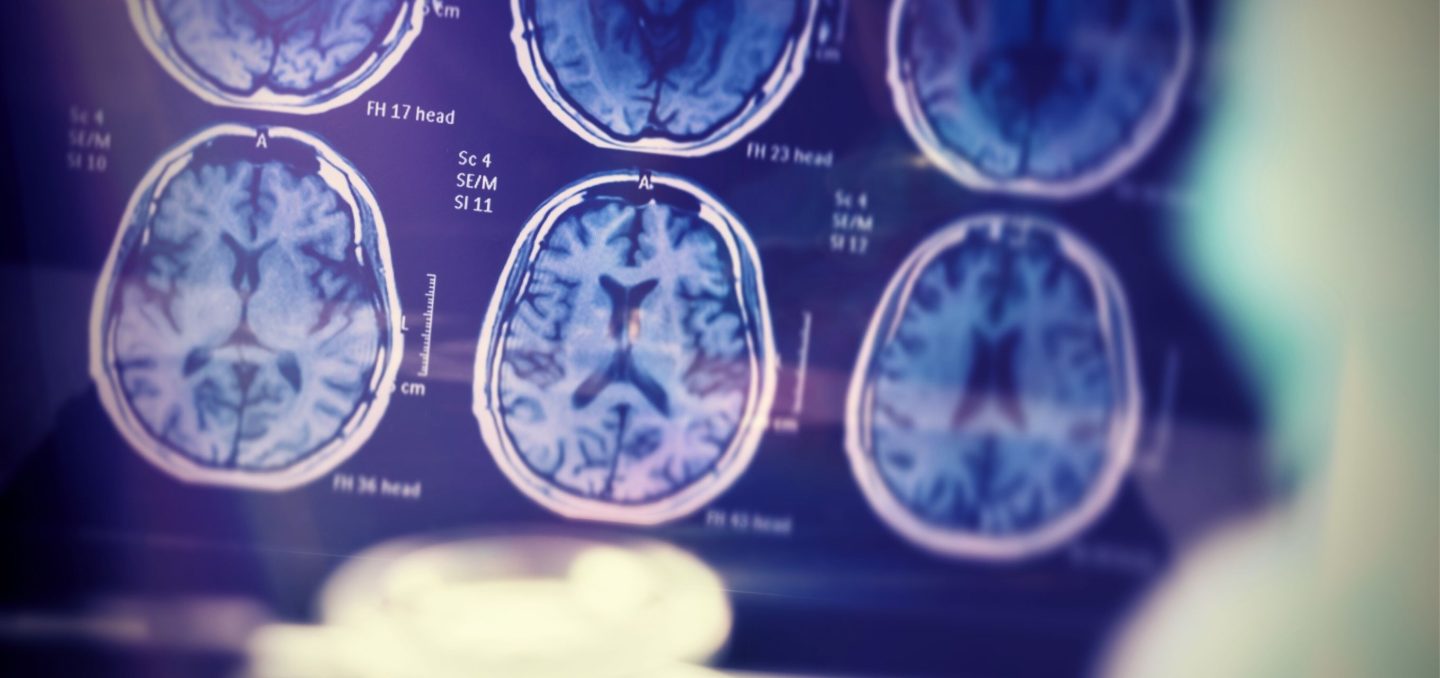A team of researchers has developed an artificial intelligence system capable of assessing the motor performance of Parkinson’s patients. This discovery has the potential to transform the treatment and management of the disease, eliminating the need for physical visits to neurologists and making diagnosis and monitoring more accessible.
In what may be a revolutionary development, a group of scientists has unveiled an artificial intelligence (AI) system capable of remotely assessing the motor performance of people with Parkinson’s disease (PD).
Parkinson’s Disease: Human Assessment vs. AI
Parkinson’s disease is a rapidly growing neurological disorder for which there is no known cure. Regular clinical evaluations and medication adjustments are key to managing symptoms and improving quality of life for those affected. However, access to neurological care is limited, leaving many Parkinson’s patients without proper treatment or diagnosis, especially in underserved regions and for the elderly living in remote areas. In a study published in Nature, Md Saiful Islam et al. focused on a simple but effective motor task known as the finger tapping test, commonly used to assess bradykinesia, a key Parkinson’s symptom characterized by slowed upper limb movements. The researchers enrolled 250 participants from around the world, who performed the finger tapping test in front of a webcam. Three experienced neurologists independently rated the recorded videos on a scale of 0 to 4, based on the Movement Disorder Society Unified Parkinson’s Disease Rating Scale (MDS-UPDRS).
The AI Model Used in the Research
The results of the comparison between human and AI assessments were impressive. Inter-rater reliability among expert neurologists was excellent, with an intra-class correlation coefficient (ICC) of 0.88, indicating a high level of agreement in their assessments. The researchers then developed computer algorithms to extract objective measurements from the finger tapping task, based on MDS-UPDRS guidelines and strongly correlated with neurologists’ assessments.
The artificial intelligence model trained on these measurements outperformed two MDS-UPDRS-certified evaluators, with an average absolute error (MAE) of 0.58 points compared to the evaluators’ average MAE of 0.83 points. Although the artificial intelligence model lagged slightly behind experienced neurologists (0.53 MAE), it showed great potential in assessing Parkinson’s severity. This innovative methodology can be replicated for similar motor tasks to provide an objective and accessible means of remotely assessing people with Parkinson’s and other movement disorders, even in areas with limited access to neurological care.
Implications of the Research
The implications of this research are far-reaching. Imagine that anyone, regardless of location, could perform a motor task using a computer webcam and receive an automated assessment of the severity of their motor performance. This progress will face several challenges, including collecting data in home environments, developing metrics that can be interpreted as digital biomarkers, and creating user-friendly platforms for remote assessments.
In addition to Parkinson’s disease, this technology offers the opportunity to assess and track other movement disorders such as ataxia and Huntington’s disease, where finger touch provides valuable insights into disease severity. In addition, the tool can be expanded to allow longitudinal monitoring of symptom progression, fine-tuning of Parkinson’s treatment, and assistance to people with episodic symptoms.
Limitations of the study
However, the study acknowledges some limitations, such as potential problems with tremors affecting the accuracy of evaluations and the need for a larger and more diverse dataset to improve the artificial intelligence model. As this technology advances, it is crucial to address ethical considerations regarding data security, user privacy, and algorithm bias.
The study results potentially fill a gap in the diagnostic component of the Parkinson’s patient pathway, while the support for behavioral modifications is already covered significantly by specific digital health apps.
The Soturi App for a personalized Parkinson’s treatment
Another notable solution is the Soturi™ app, specifically designed for Parkinson’s disease (PD) patients by Newel Health, which has been supported by a grant from the Michael J. Fox Foundation. The app was co-designed with PD patients and health experts. The goal is to create an algorithm that analyzes the data collected to optimize and personalize drug treatment for Parkinson’s. To this end, exercises and other services are provided to engage the patient and facilitate the collection of motor data automatically (via a wearable band) and ongoing symptoms.
Conclusions
Advancements in artificial intelligence and digital health apps bring us closer to more accessible and accurate assessments of Parkinson’s disease and its behavioral therapy at a distance. Although there are challenges to overcome, the potential benefits for patients worldwide are undeniable and offer hope for improved diagnosis, monitoring, and treatment of these debilitating conditions.



